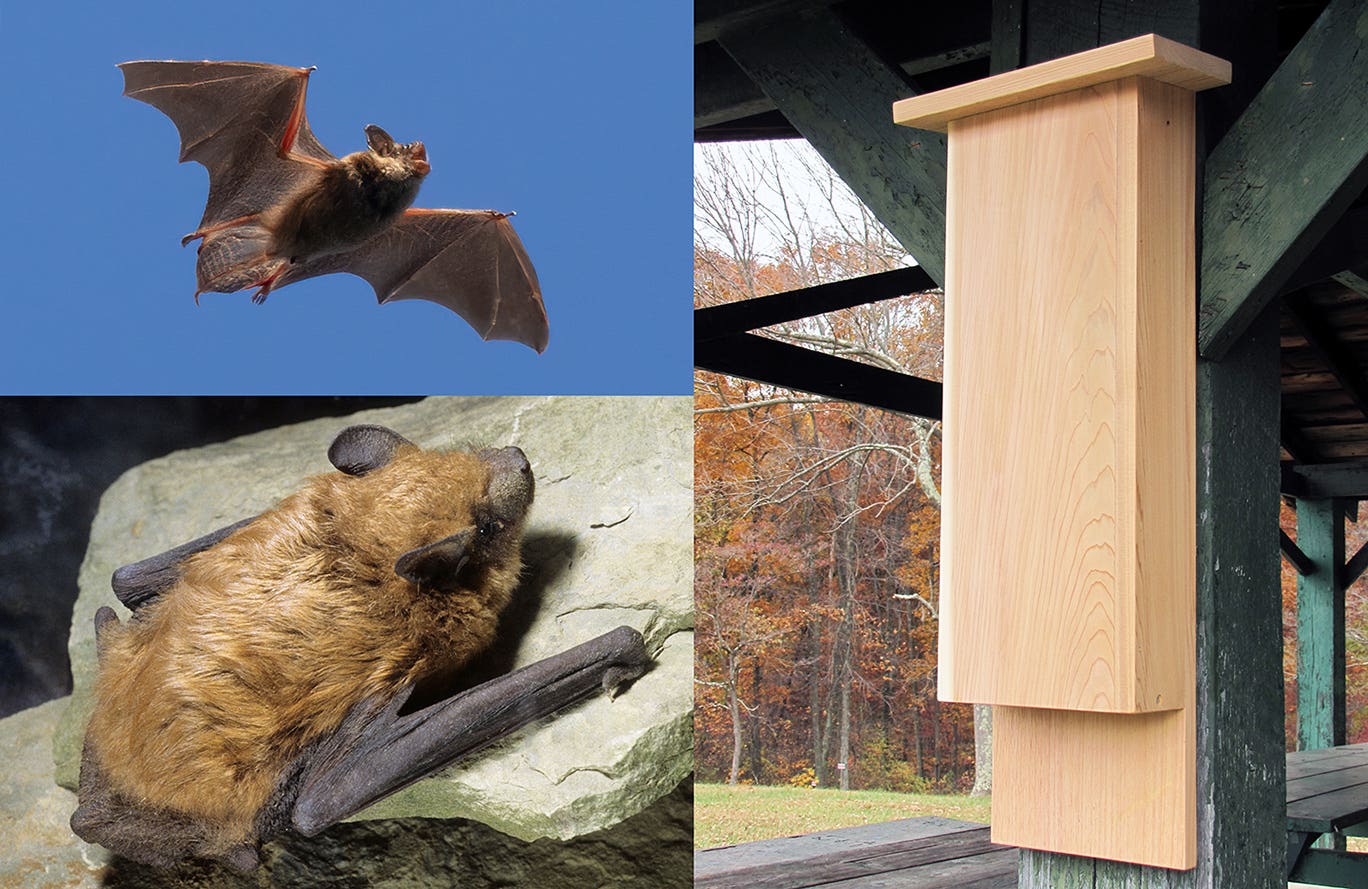Bat battalions
There’s a new fighter in the battle against the Spotted Lanternfly. The biggest reason invasive species — animal or plant — have such a devastating impact is simple: When they invaded, they…
There’s a new fighter in the battle against the Spotted Lanternfly.
The biggest reason invasive species — animal or plant — have such a devastating impact is simple: When they invaded, they didn’t bring along their natural enemies. In a lot of cases, conditions in the U.S. are just like home (or better), and without their natural competition they run rampant. The Spotted Lanternfly (SLF) is a perfect example.
Some common predators eat any insect, of course — most birds, for example — but only a few find the SLF a particular delicacy. The number one lanternfly-eating champion? According to a Penn State University study, chickens take that honor, followed by praying mantises in second place. But recent research on the lanternfly has turned up a previously unknown SLF predator. Bats.

In research not specific to the lanternfly, Rutgers University did a four-year study of bats to determine accurate accounts of their diet. In examining the data they noticed something interesting: Bats were chowing down on the SLF; specifically, the Big Brown Bat and the Eastern Red Bat. Even better news is that there was a steady increase each year of the study.
Bats are already well-known best bug killers, especially mosquitos, with big brown bats scarfing down about 1,000 insects an hour. Female brown bats that are pregnant or nursing can consume their own weight in bugs in a single night. Even better news, the Big Brown Bat is found everywhere in the U.S., up into Canada and down into Mexico. The Eastern Red Bat, meanwhile, is common to the eastern two-thirds of the U.S. Combined, that’s one potentially huge army to enlist in the battle against the SLF.
The Rutgers study concludes that bat populations should be encouraged by installing as many bat houses as possible. That’s where woodworkers come in.
Bat houses are ridiculously easy to make. I built the one in the photo above with only seven pieces of wood, and although I used cedar you can really use any nontreated wood. Bat houses are fantastic scrap-wood projects, fast to make when you have a bit of downtime, and excellent projects to make with kids. Let’s make these things by the thousands and distribute them. The bat army is ready to go, and with our support they’ll be an outstanding ally against the Spotted Lanternfly.
A.J. Hamler is the former editor of Woodshop News and Woodcraft Magazine. He's currently a freelance woodworking writer/editor, which is another way of stating self-employed. When he's not writing or in the shop, he enjoys science fiction, gourmet cooking and Civil War reenacting, but not at the same time.







